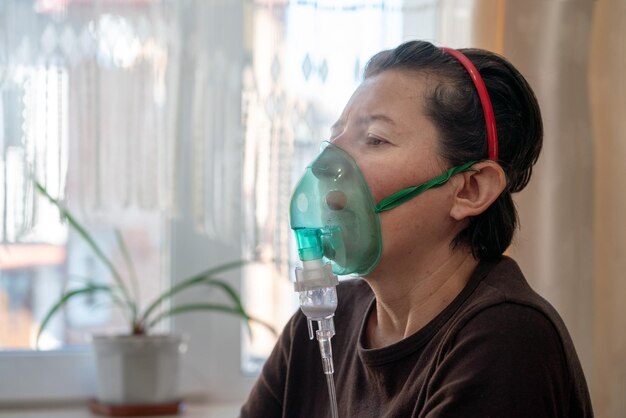What You Need to Know About Medicare Coverage for Portable Oxygen Concentrators
If you're navigating the complexities of Medicare and curious about how much coverage you can receive for a portable oxygen concentrator, you're not alone. Millions of Americans depend on portable oxygen to maintain a healthy lifestyle, but the intricacies of medical coverage can leave many feeling overwhelmed. Let's cut through the red tape and explore the essentials of what Medicare offers for these life-enhancing devices.
Medicare's Role in Oxygen Equipment Coverage
Medicare does cover some costs associated with durable medical equipment (DME), which includes portable oxygen concentrators. However, the amount it covers and the conditions required for coverage can be specific. Medicare Part B is the component responsible for DME, and coverage ensures up to 80% of the approved amount once your deductible is met. It's important to note that this leaves 20% for you to cover out-of-pocket, a significant consideration for many seniors on a fixed income.
The eligibility criteria revolve around proving medical necessity. A physician must determine that you need oxygen due to conditions such as chronic obstructive pulmonary disease (COPD) or other respiratory ailments. Additionally, the equipment must be obtained from a supplier that accepts Medicare assignment to qualify for coverage.
Limitations to Consider
Despite the benefit Medicare brings, there are notable limitations:
- Rental vs. Purchase: Medicare primarily rents the equipment rather than purchasing it outright. They usually cover a 36-month rental period after which it transitions into a maintenance contract for the following 24 months.
- Approved Suppliers: Coverage is available only through approved suppliers who accept Medicare assignments.
- Specific Models: Not all models get Medicare coverage, emphasizing the need to check prior to any commitments.
Options for Additional Financial Support
Given these restrictions, it might be helpful to explore additional financial assistance programs. Here are a few avenues you could take:
- Medicare Advantage Plans: Some plans might offer extra benefits beyond Original Medicare, potentially covering more of the device's cost or offering a broader selection of approved suppliers.
- Medicaid: If eligible, Medicaid might contribute to the costs not covered by Medicare. This support can be more substantial depending on your state's specific offerings.
- Charitable Organizations: Groups like the American Lung Association sometimes provide financial aid or free equipment for those in need.
- VA Benefits: Veterans might receive additional support for medical devices through the Department of Veterans Affairs.
Embracing Financial Assistance for Broader Needs
The need for medical equipment often coincides with other financial challenges. From debt relief to credit card consolidation, there's a suite of resources available that can help manage expenses holistically. Some relevant options include:
- Debt Relief Programs: If medical costs have contributed to significant debt, looking into reputable relief options might be beneficial.
- Educational Grants: Seniors going back to school or covering educational costs for a family member can potentially leverage grants or scholarships.
- Credit Solutions: Zero-interest credit cards or credit consolidation companies might offer more breathing space.
Here's a quick list of resources that can be beneficial:
- 🌟 Medicare Advantage Plans: Expanded benefits and coverage options.
- 🌟 Medicaid: State-specific aid for those eligible.
- 🌟 American Lung Association: Possible equipment assistance.
- 🌟 VA Benefits: Financial aid for veterans.
- 🌟 Debt Relief Programs: Alleviate financial stress.
- 🌟 Educational Grants: Support for ongoing education.
Understanding these options empowers you to take control of both your health and financial well-being, ensuring that you or your loved ones can live comfortably and securely.

Related Topics
- Am I Elgible For Medicare
- Am I Enrolled In Medicare
- Am I Qualified For Medicare
- Are Adult Diapers Covered By Medicare
- Are Chemotherapy Drugs Covered By Medicare Part d
- Are Colonoscopies Covered By Medicare
- Are Covid Tests Covered By Medicare
- Are Cpap Machines Covered By Medicare
- Are Cpap Supplies Covered By Medicare
- Are Dental Implants Covered By Medicare